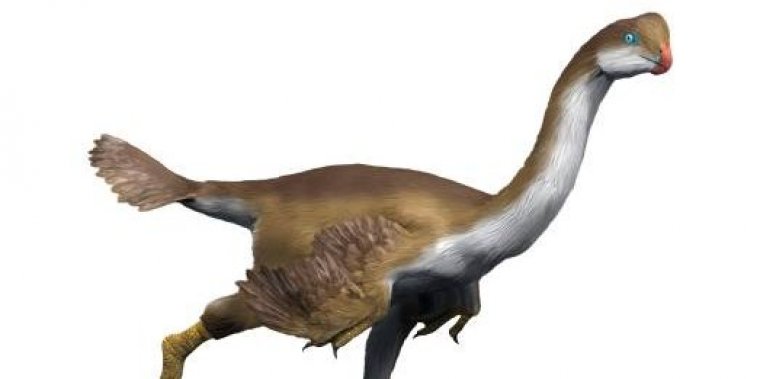| News / World News |
Dinosaur Tail Found in Myanmar
Researchers have discovered a perfectly preserved dinosaur tail in a piece of amber in Myanmar.
The find could help researchers better figure out how the giant creatures actually looked before they became extinct some 160 million years ago. This particular dinosaur was feathered and about the size of a small bird.
The tail, which is about 99 million years old, appears to be brown on the top and white underneath.
The amber piece already was slated to become jewelry, as it also contains well preserved plant material. However, on closer inspection, the tail was apparent.
"We can be sure of the source because the vertebrae are not fused into a rod or pygostyle as in modern birds and their closest relatives," said co-author Ryan McKellar, of the Royal Saskatchewan Museum in Canada in an interview with the BBC. "Instead, the tail is long and flexible, with keels of feathers running down each side."
On one portion of the amber, the tail is exposed, allowing chemists to analyze it. They found traces of ferrous iron, a leftover of blood. He added that the dinosaur likely was still filled with fluid when it was trapped in the resin that eventually became amber. That suggests the creature may have been alive when trapped.
The discovery is expected to shed light on how the feathers of dinosaurs formed and evolved. The feathers on this sample lack a central shaft found in today’s feathers.
The tail was described in depth in the journal Current Biology. (VOA News)
YOU MAY ALSO LIKE






